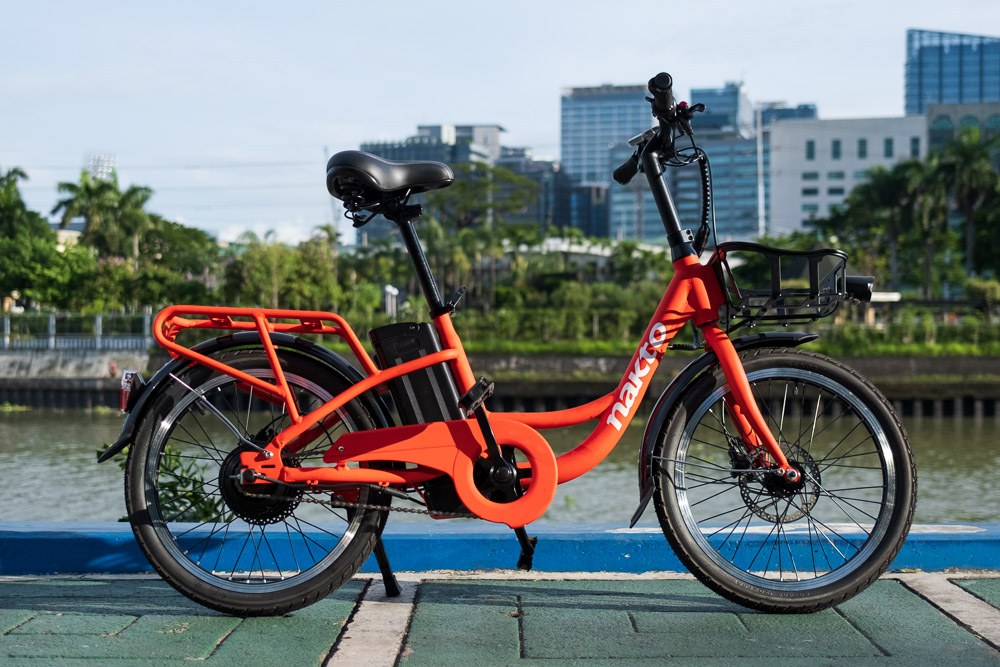
As said by a colleague of ours, electric bikes are among the best modes of personal urban mobility as they give you the efficiency of a bicycle with the convenience of motorized transport.
But with the myriad of choices available, figuring out the right one can be confusing—especially when they all try to outdo each other with specs and features.
The Nakto Carry is the latest model from the e-bike company, yet it’s not trying to be the best one out there. Unlike its bigger brother the Ranger, this was designed to be a simple workhorse for shorter individuals.
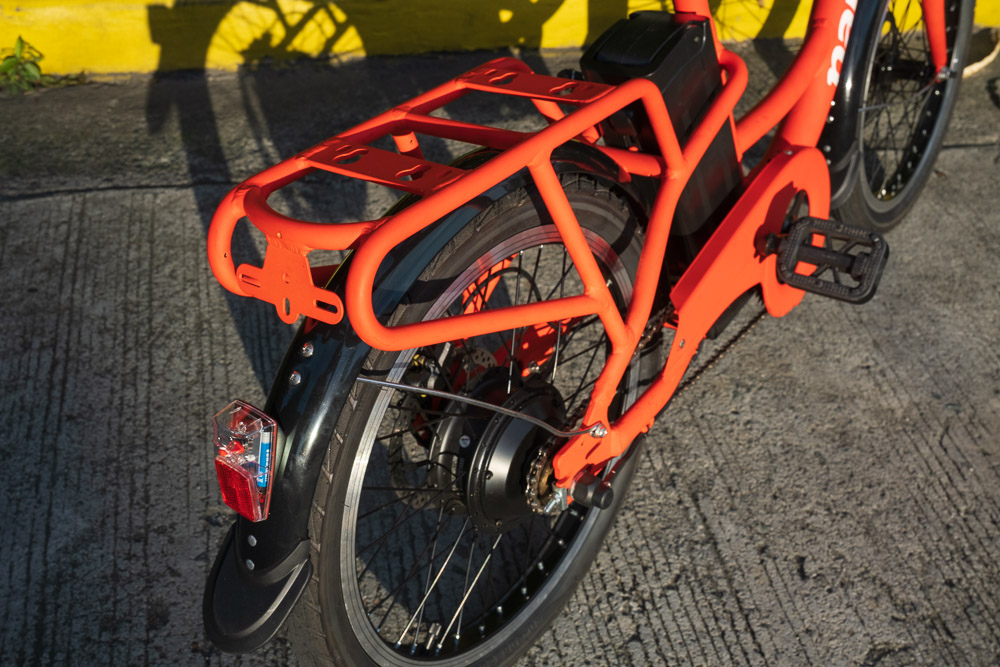
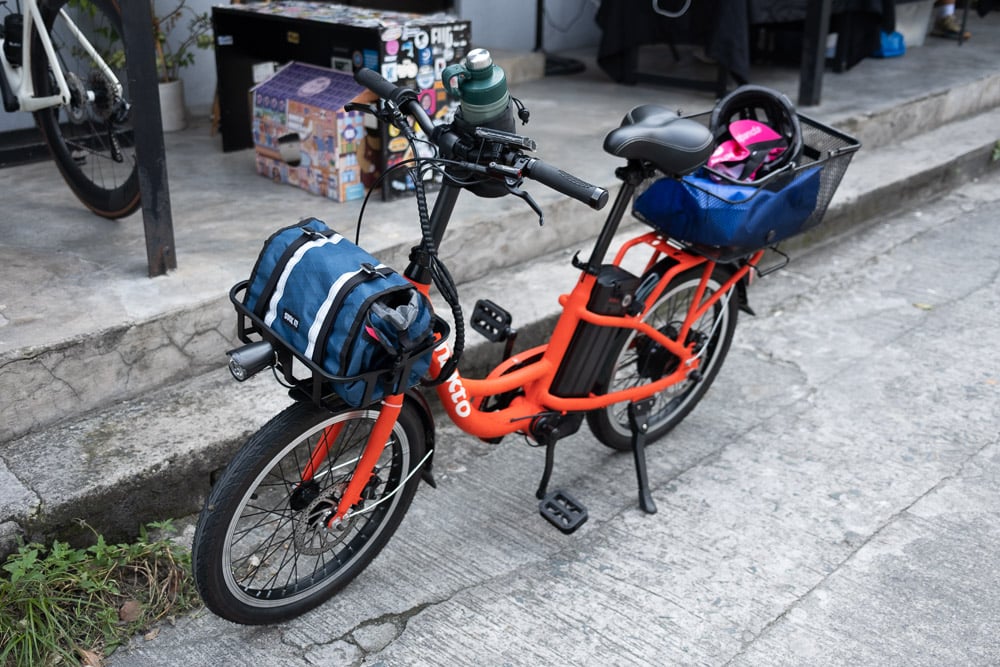
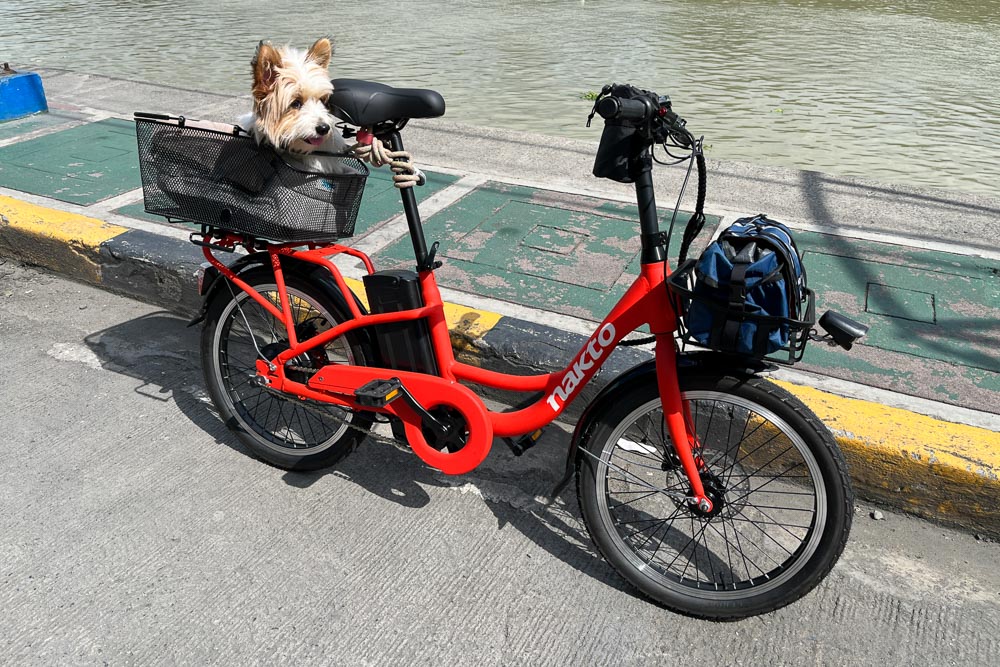
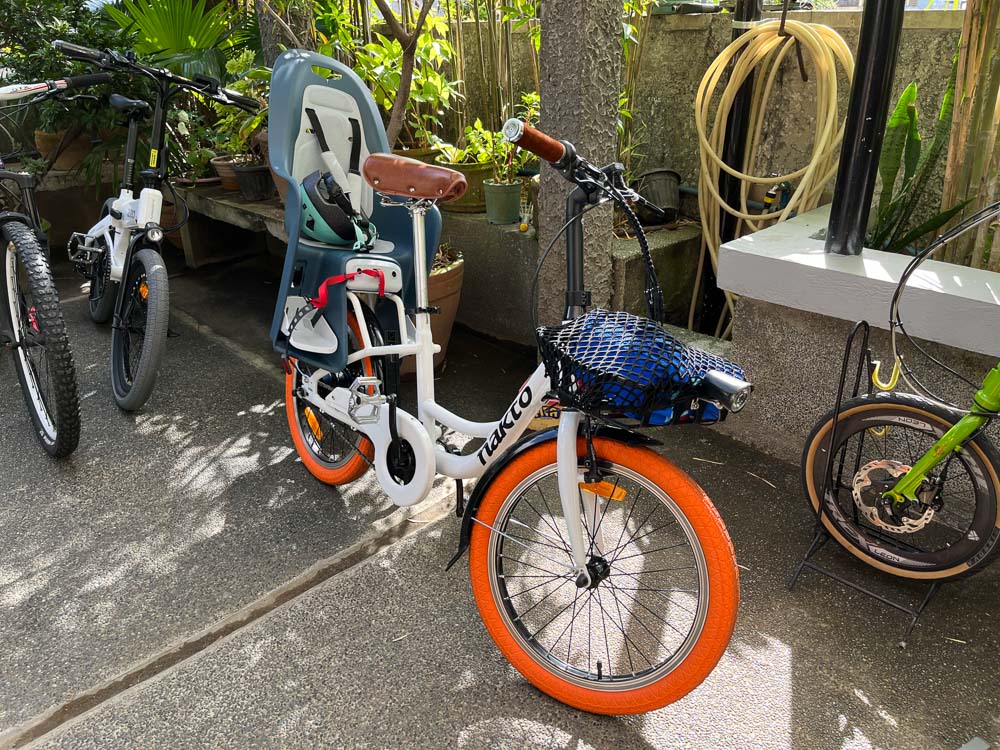
The single-speed electric bike is powered by a 350W rear-hub motor, and although it rolls on 20-inch (by 1.95-inch ) wheels, it is similar to a folding bike but isn’t one. The small wheel size is deliberate as it makes loading and unloading cargo easier, and it keeps the center of gravity low.
In line with its name, it has a front rack bolted on that can take a load of up to 5kg. Meanwhile, the rear rack is integrated into the frame. This makes it sturdier, rated for up to 35kg of cargo at the cost of additional weight.
Speaking of weight, you wouldn’t want to be bringing this 23kg aluminum e-bike up and down the stairs. But when loaded with cargo such as a 7.7kg dog at the rear, the ride is stable, even more than a full-size bike with the same load. Plus, the motor can keep up—even on the bumpy slopes of Kapitolyo.
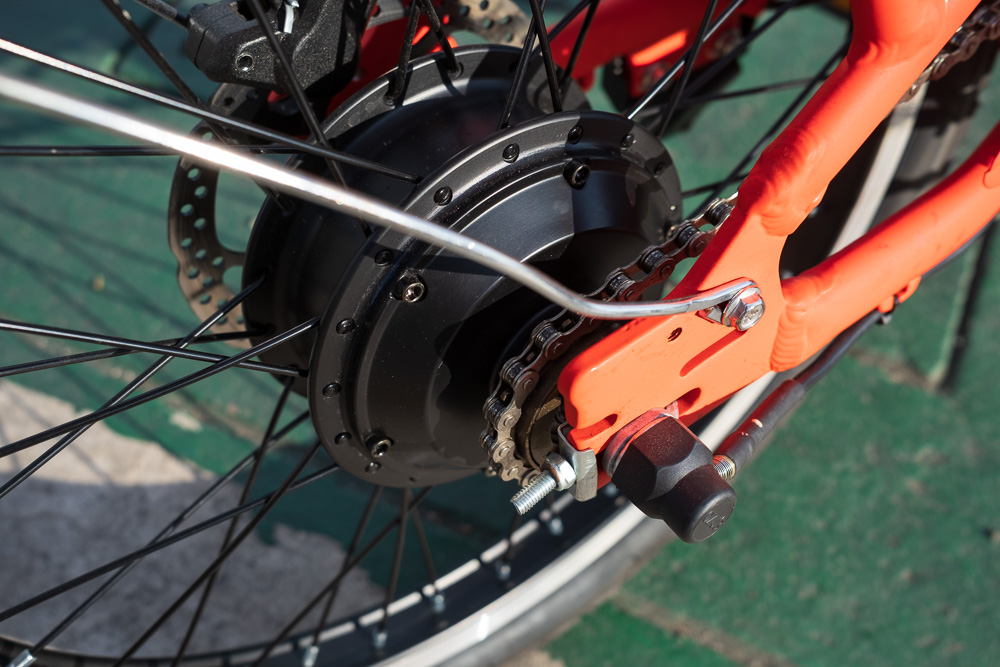
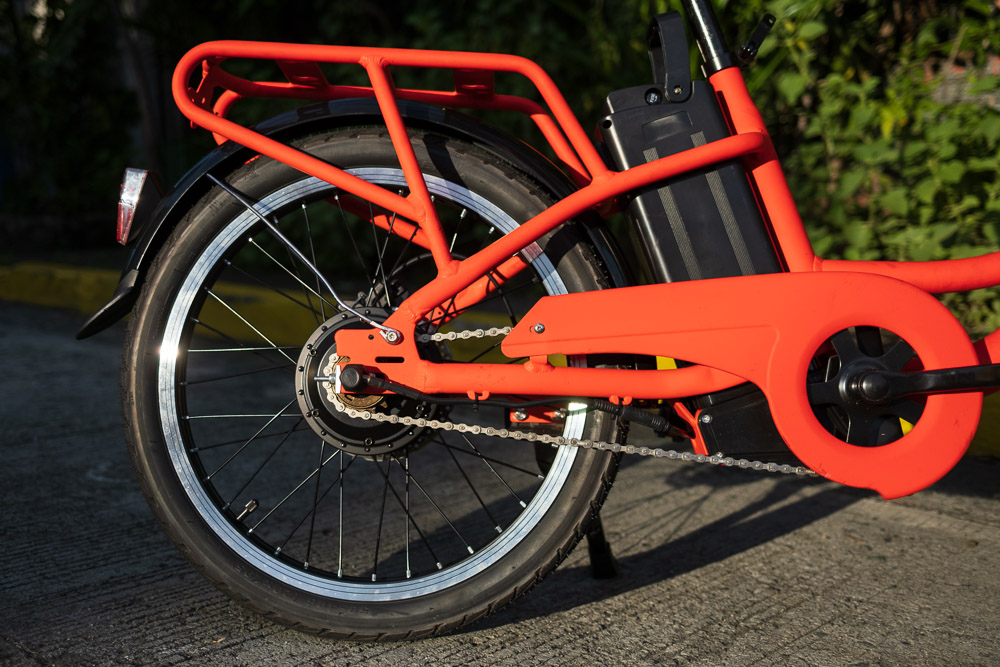
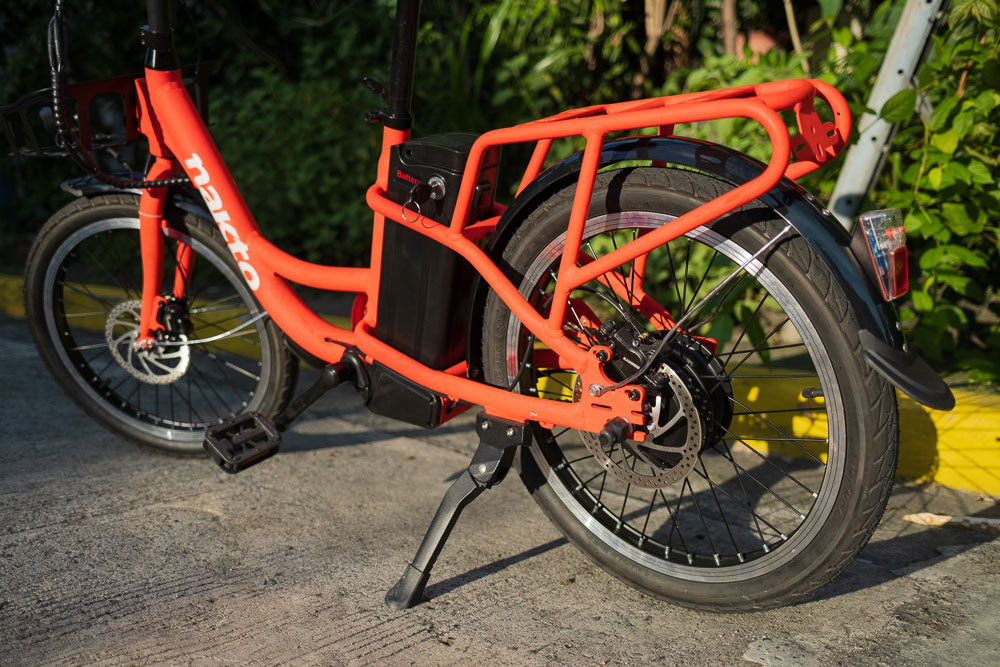
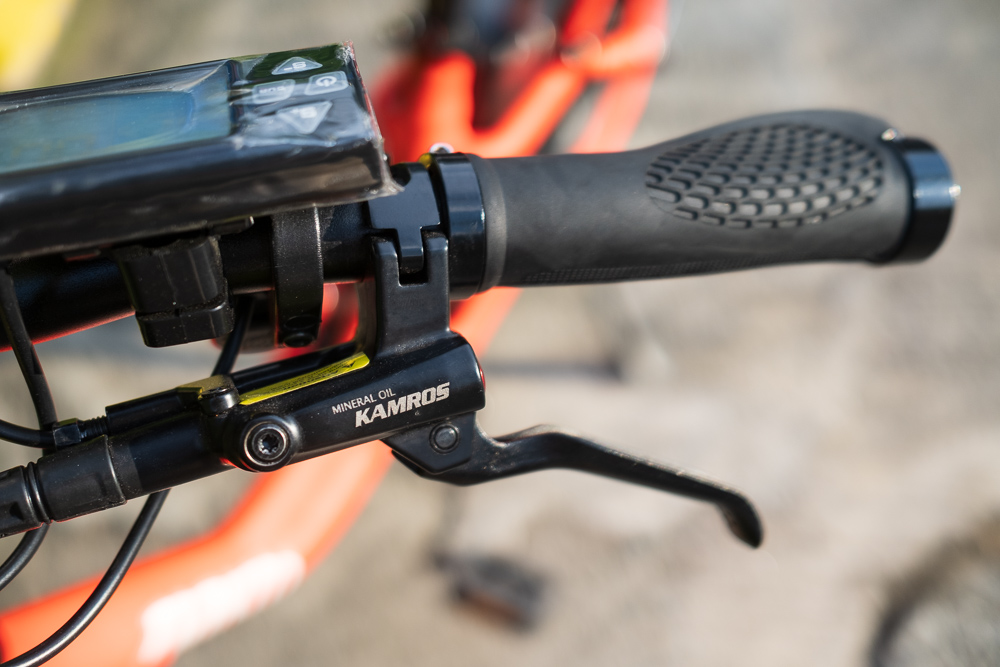
Similar to other Nakto models, the Carry has five levels of pedal assist with the motor being activated either by the cadence sensor or the thumb throttle. The sweet spot for me is Level 3 since it matches my leisurely speed of around 15km/h. At Level 5, it will reach a maximum speed of up to 30km/h, which is more than enough for stop-and-go traffic.
The 48V, 10Ah battery is located behind the seat post, and it’s rated for a maximum range of up to 60km with a charging time of four to six hours. But as with all e-bikes, the maximum range and the top speed will significantly vary with the gross weight, running speed, and road conditions.
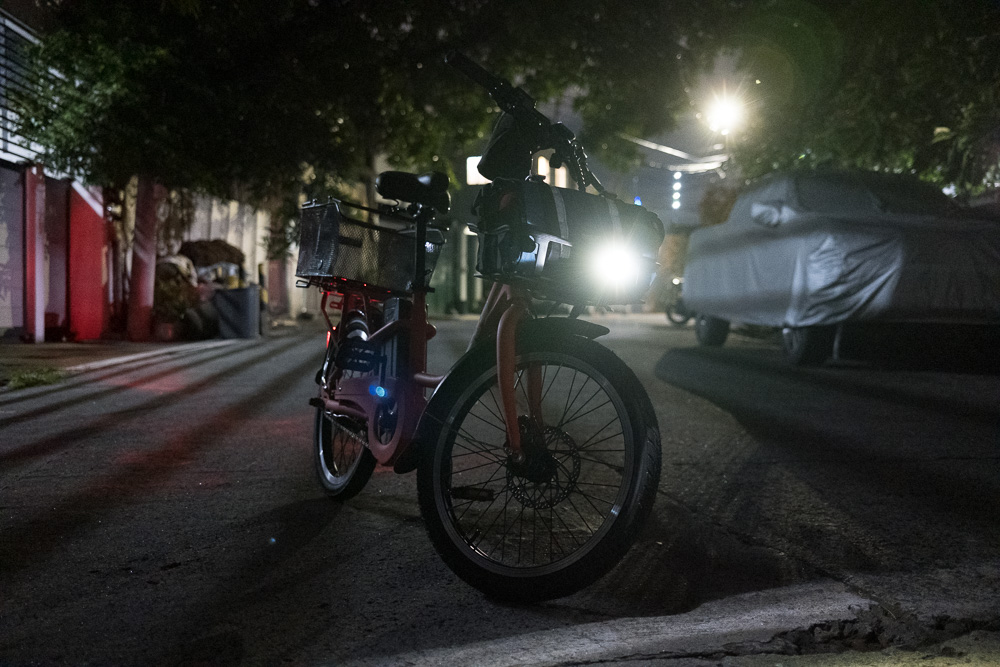
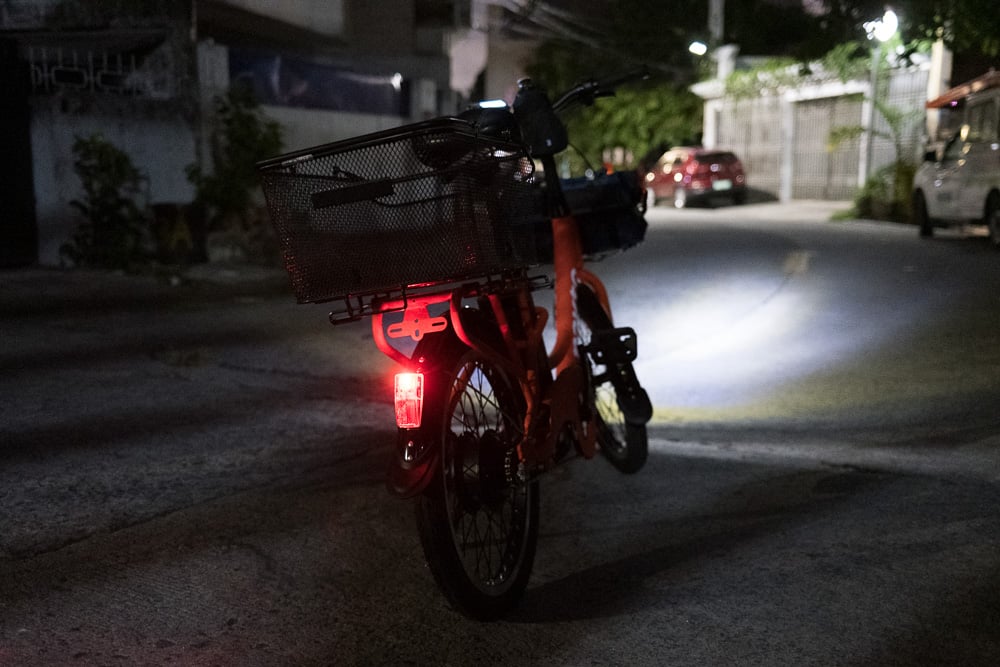
The one thing to watch out for when riding electric bikes is the motor response as you wouldn’t want to suddenly blast off like a rocket. Unlike my experience with the Flex, the Carry accelerates more slowly, and that’s fine.
But the motor was laggy, taking two seconds to kick in. After bringing this up with the distributor, I was instructed on how to adjust the response time via the controller. So, after I tinkered a bit, I was able to lower it to one second.
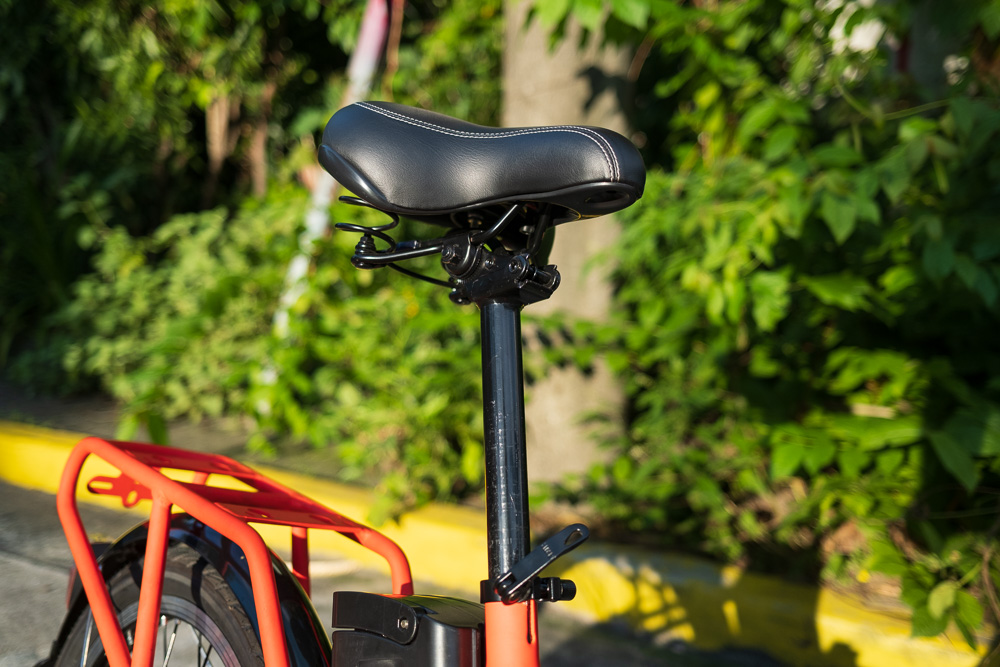
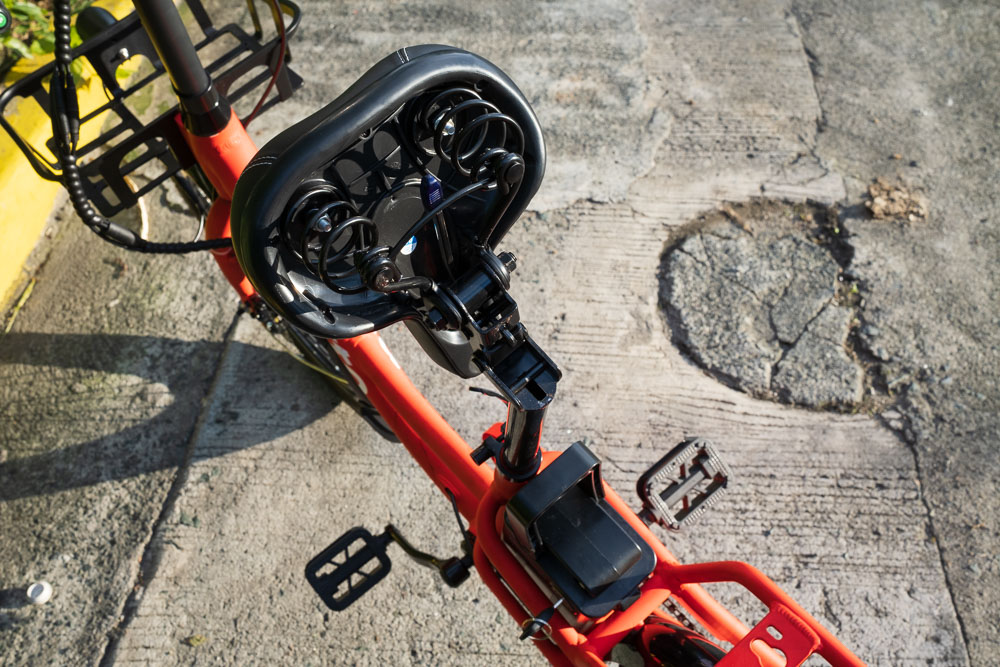
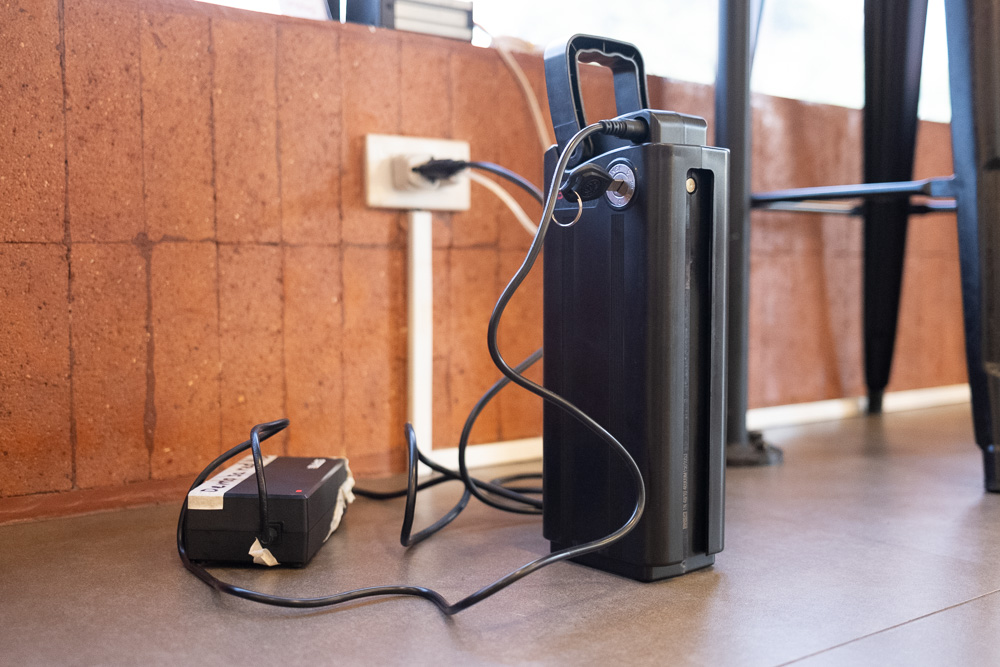
If battery life were of no concern, the Carry could be ridden like an electric scooter at full speed. And if your destination has an electric outlet, you can slide out the battery and charge it before leaving. There’s no need to worry about stopping power, even when loaded, as the hydraulic disc brakes do a good job of slowing the e-bike.
The biggest weakness of the Nakto Carry is its single-speed drivetrain. The gearing is too heavy to get started, and the short crank spins like a hamster wheel at higher speeds. Should the battery run out of juice mid-journey, good luck pedaling your way back home.
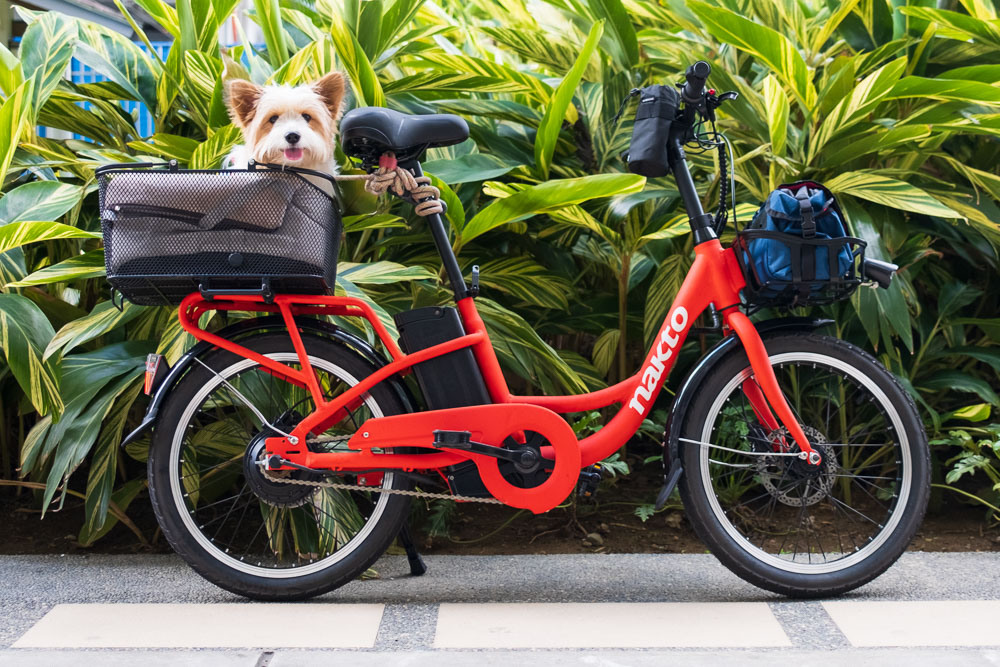
At P39,000, the Nakto Carry is the e-bike brand’s most affordable offering so far. But it is also closely priced to the Flex, which costs P43,000. And they share similar specs, too, having the same wheel size, motor, and battery. When deciding on whether the Carry is for you, you’ll need to consider a few things.
Does the small frame size fit you? Will you benefit from a fixed rear rack in spite of the additional weight? Can you live with the single-speed drivetrain? My answer to all of these would be no; I personally prefer the electric folding bike.
But since Nakto is also an original-equipment supplier, its distributor here (Exion Cycles) has the liberty to spec its models depending on the target market. I don’t personally recommend the Carry as is right now.
But perhaps it might be worth considering if it were to have a conventional drivetrain like a Shimano Tourney, so the user can pedal even without the electric motor.

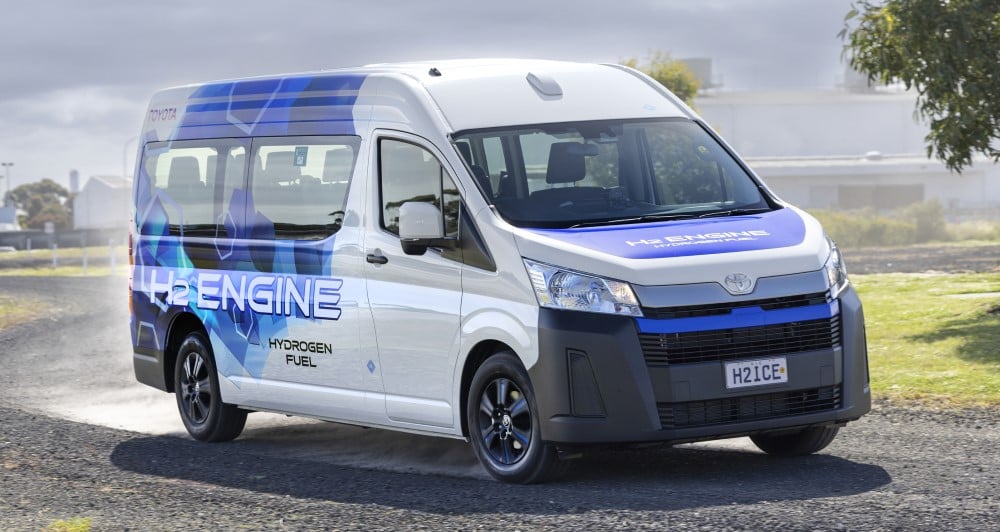
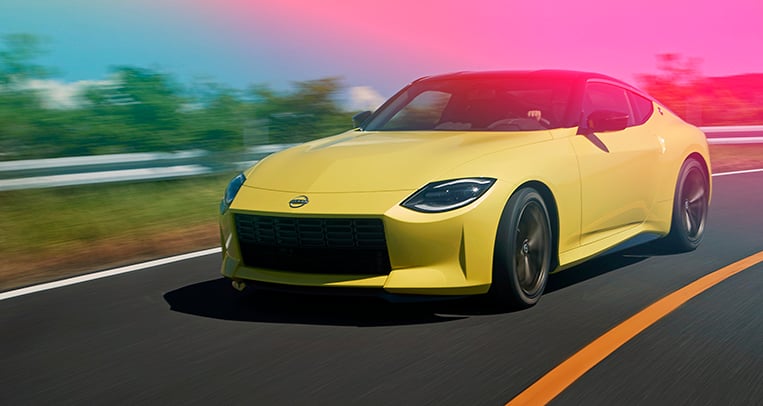
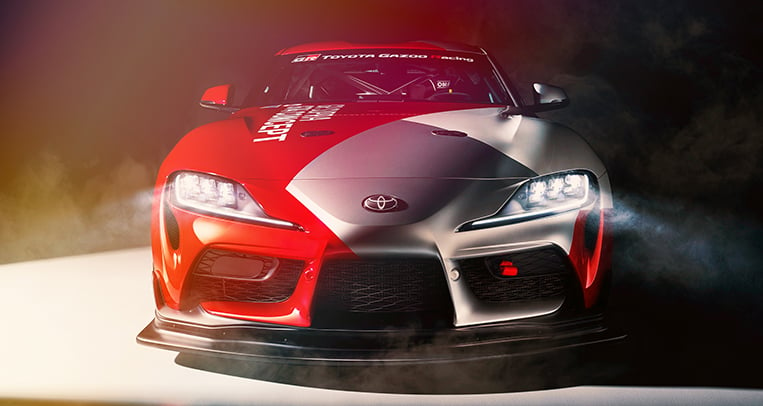

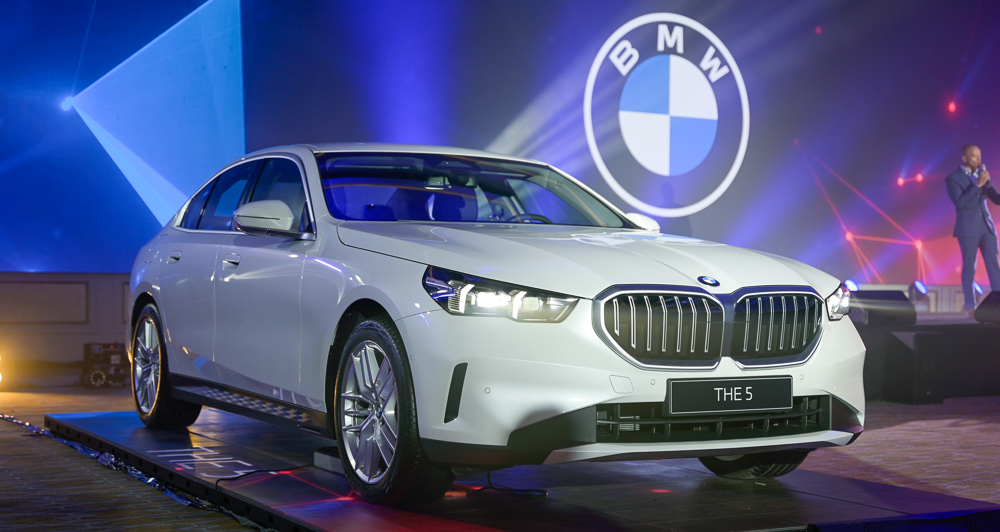
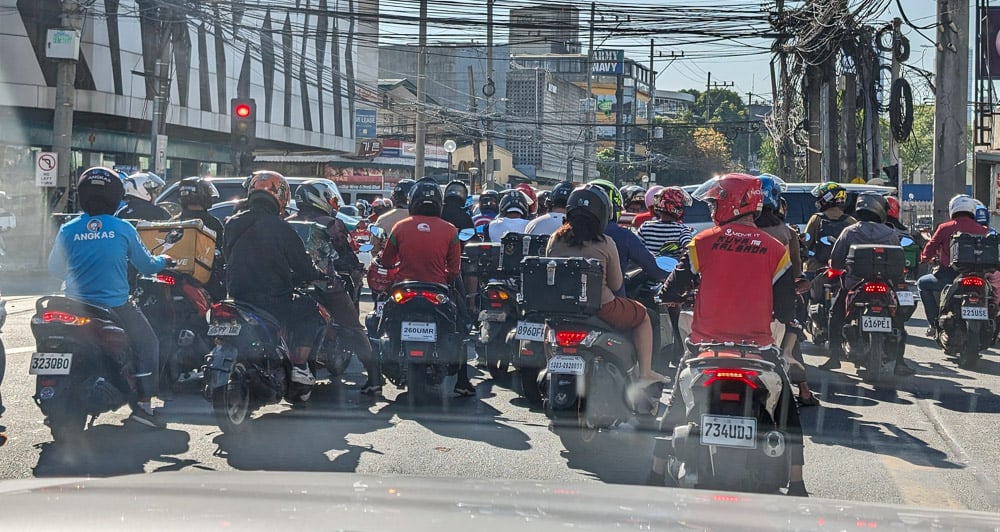
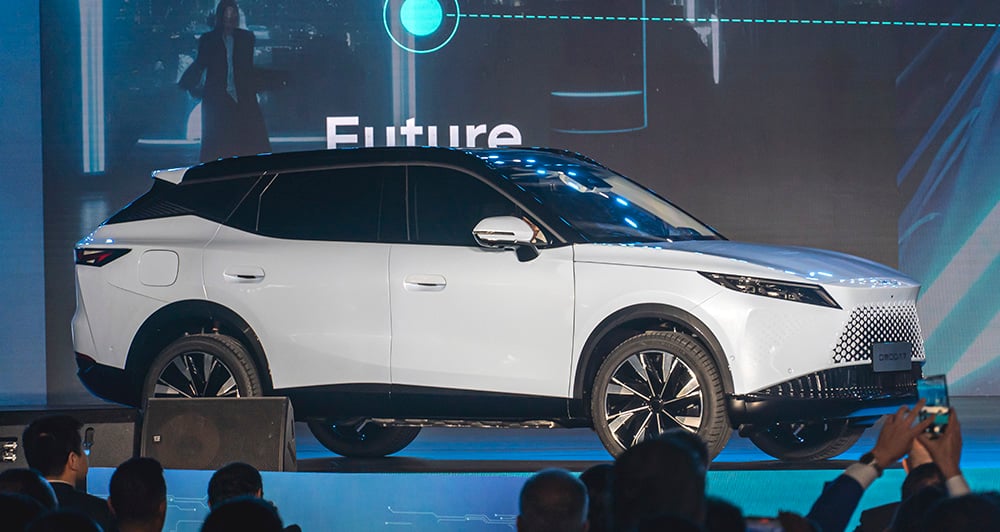
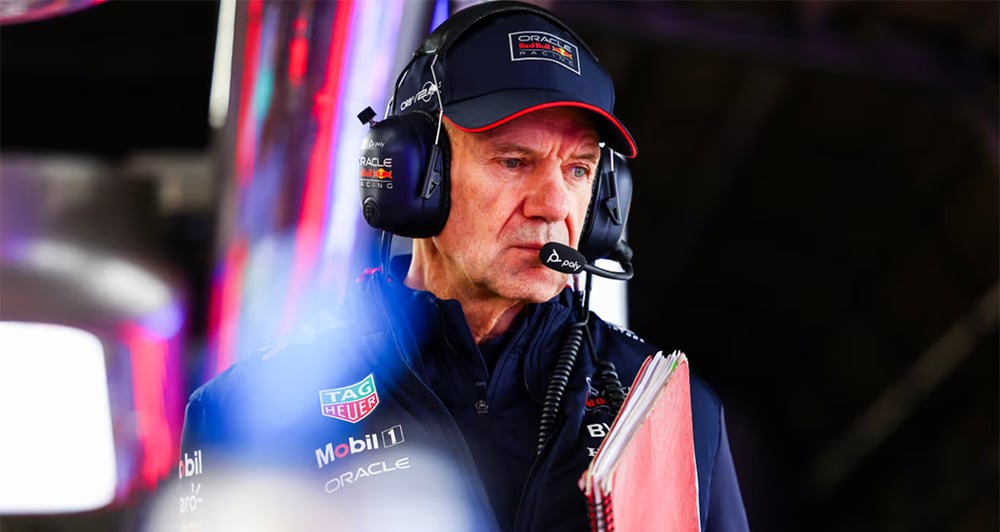
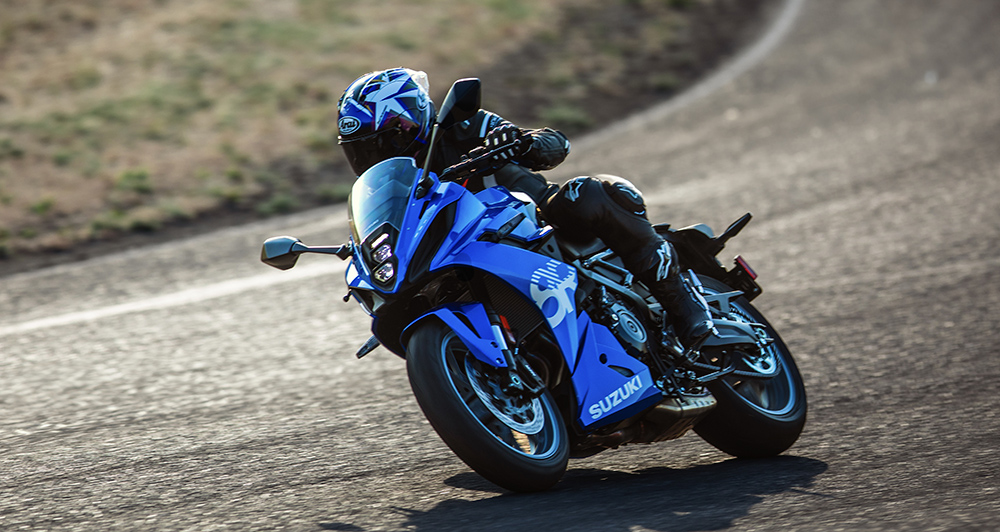
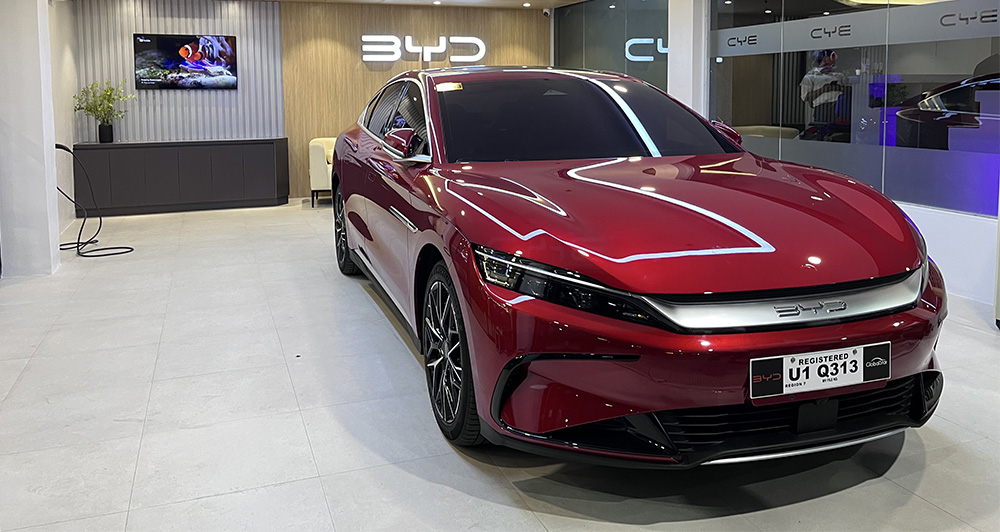
Comments